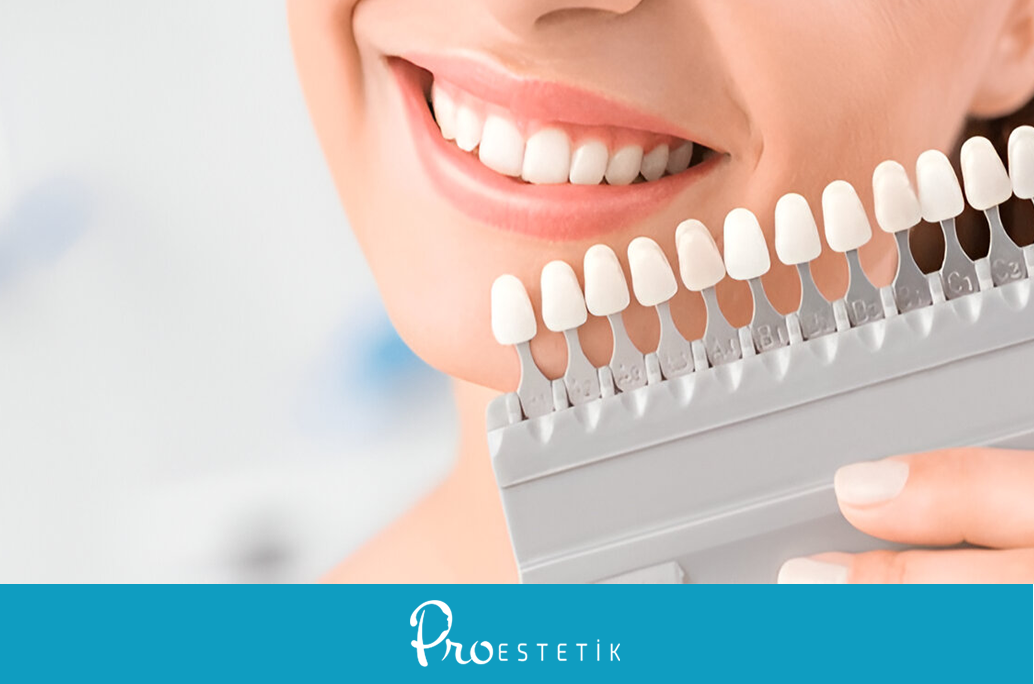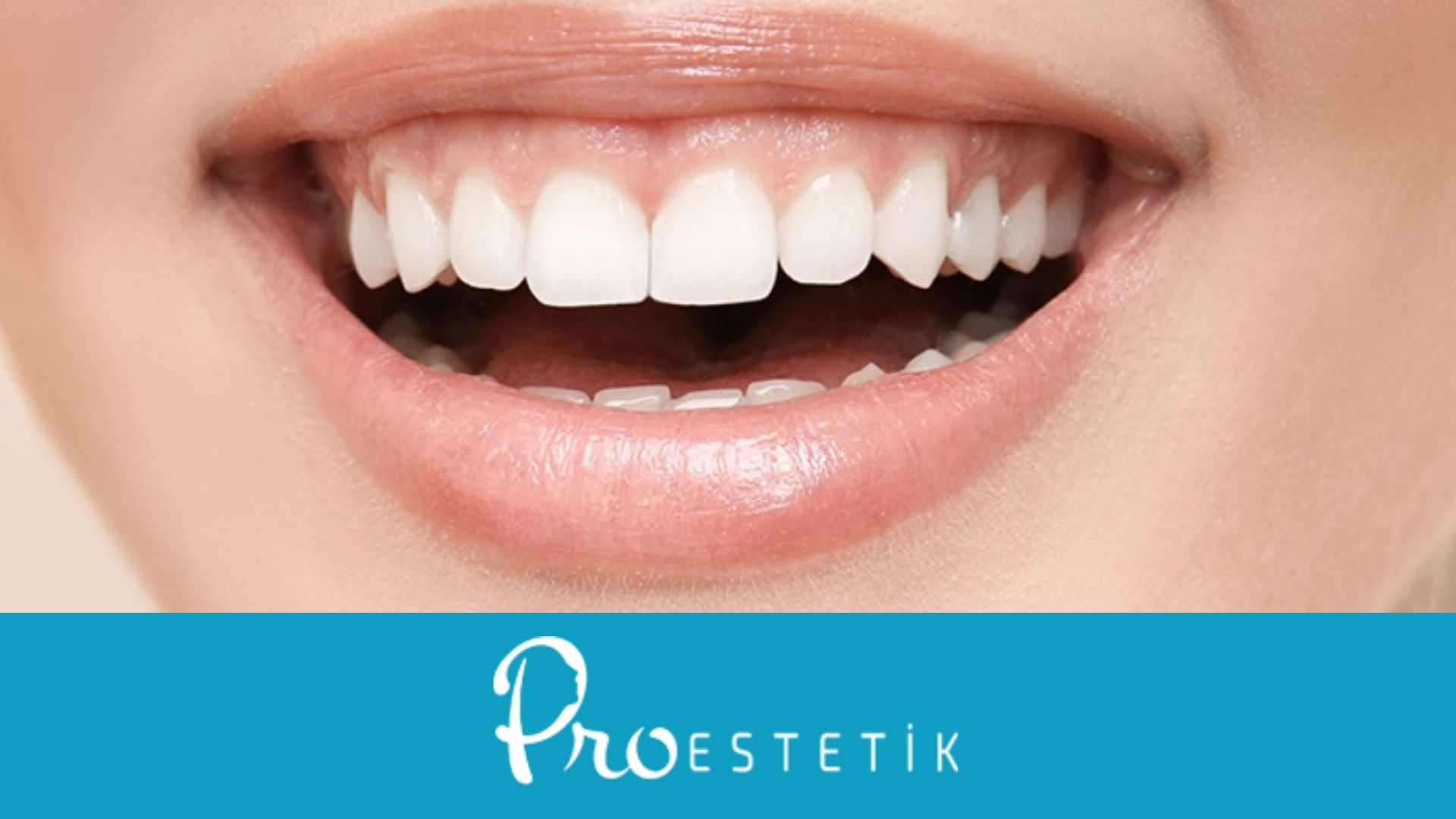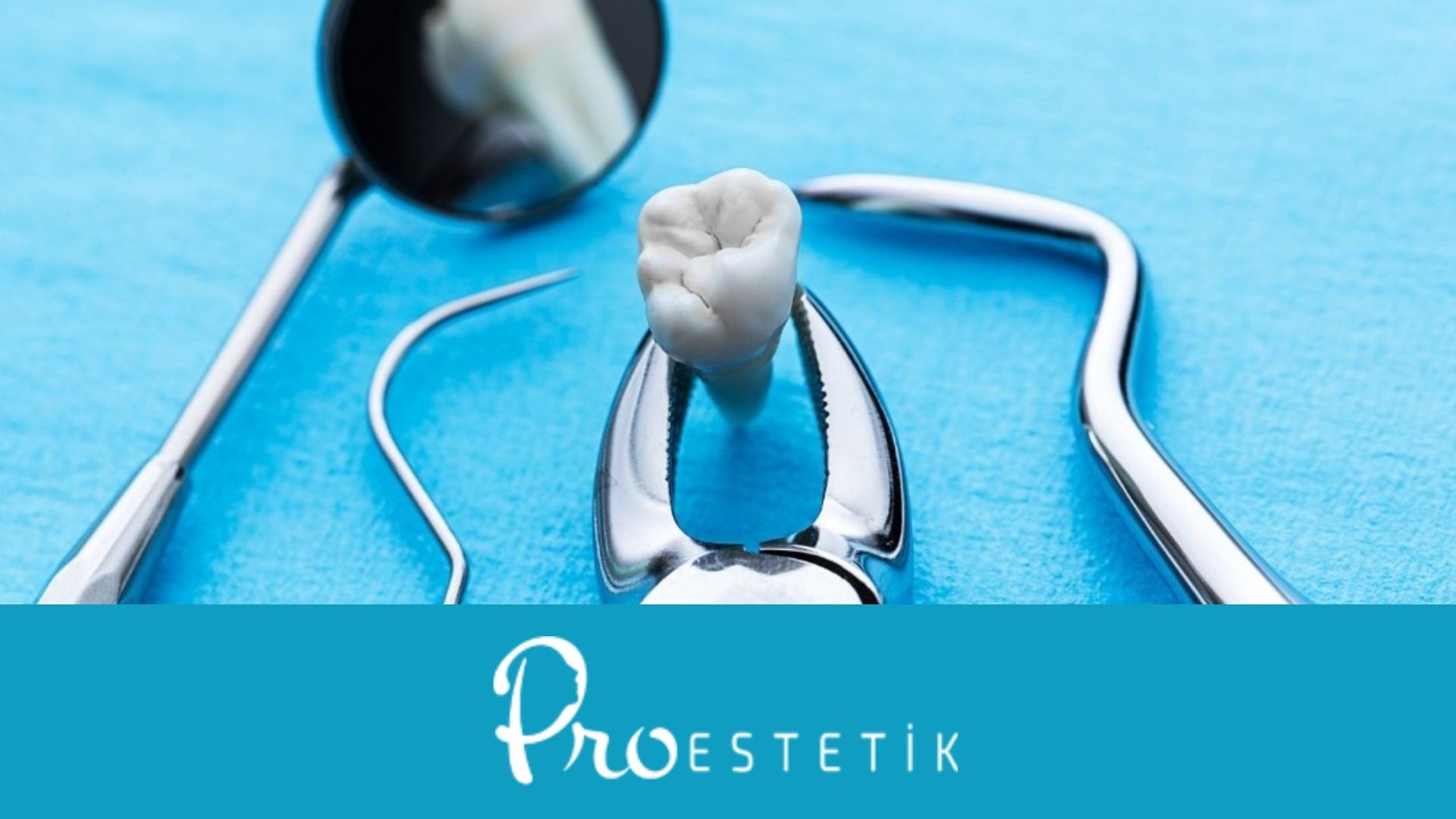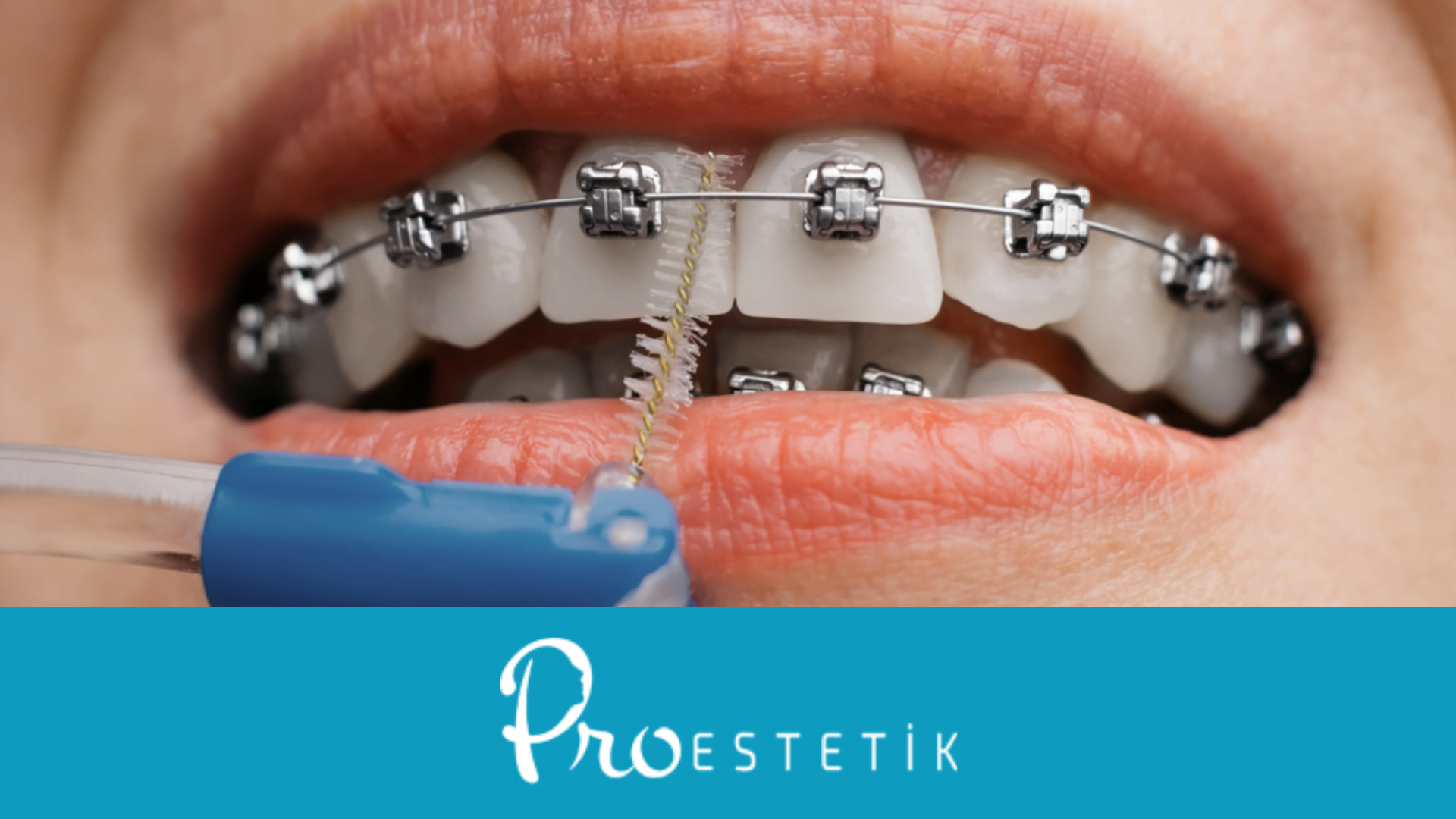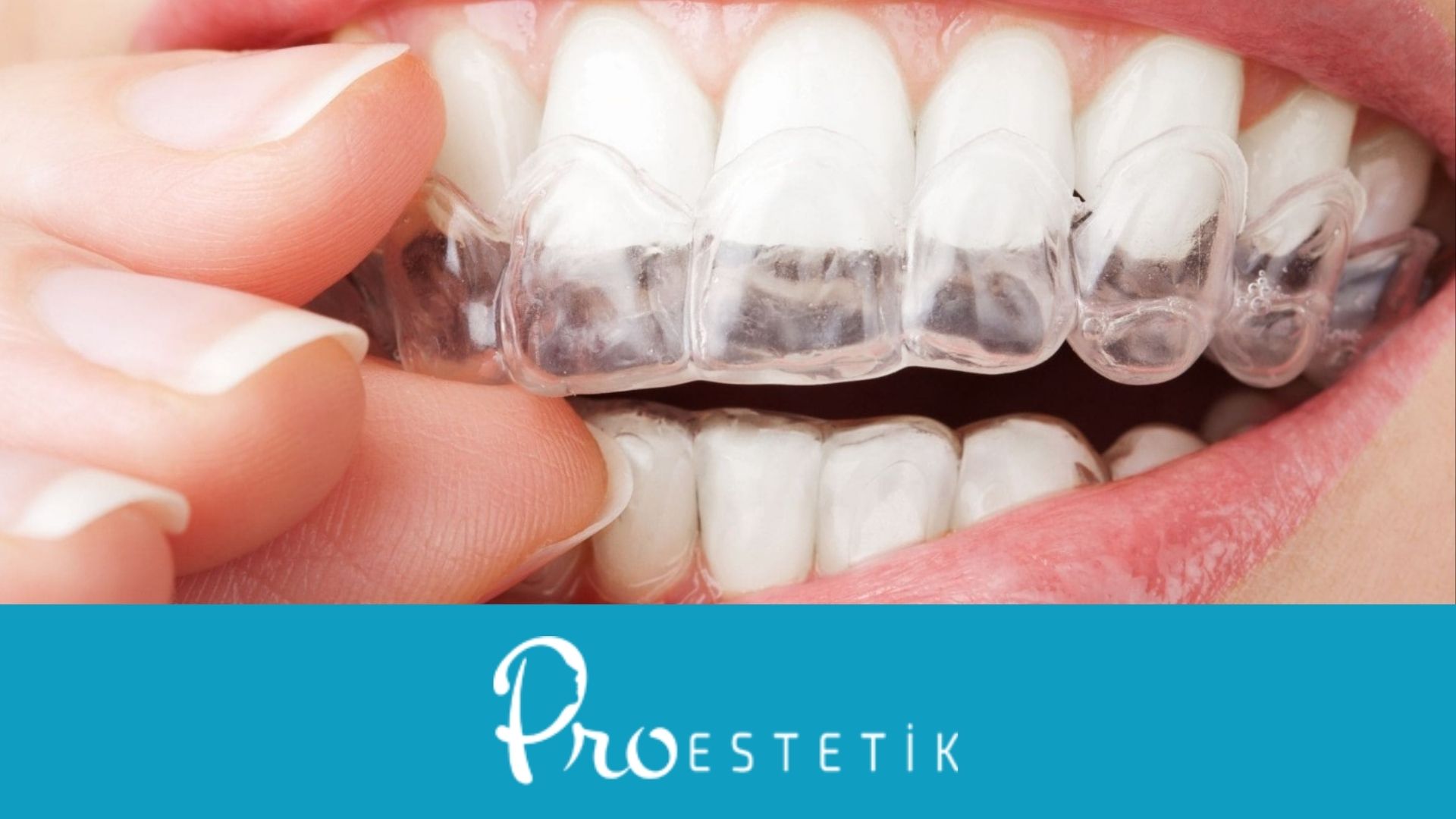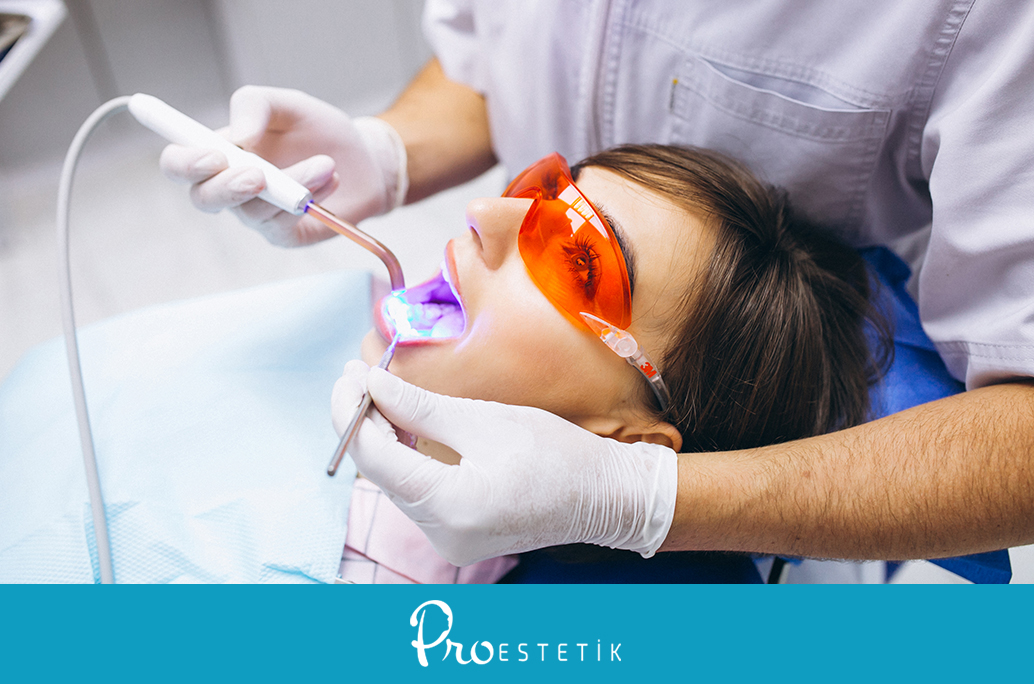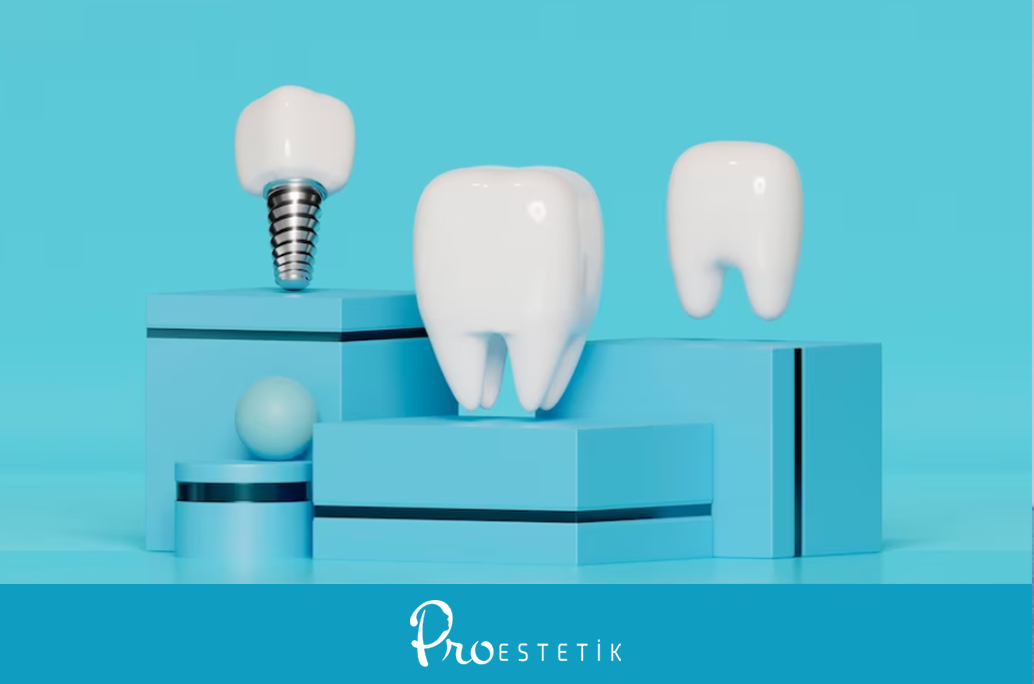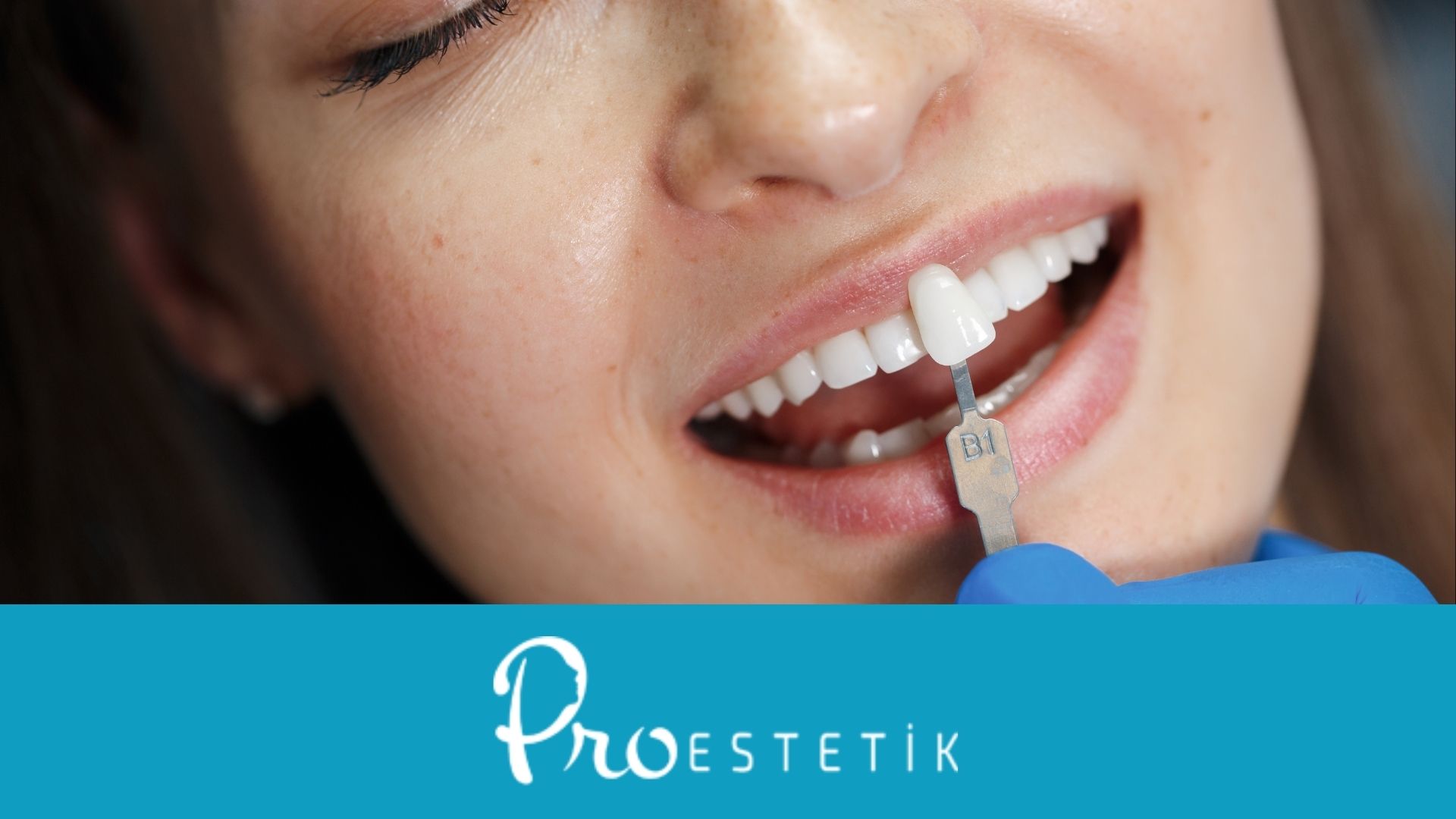Teeth whitening is a commonly preferred method today for achieving more aesthetic teeth. However, there are various questions about whether this procedure harms oral and dental health.
We’ve explained in detail whether teeth whitening is harmful and reviewed whitening methods step by step!
Teeth Whitening Procedure
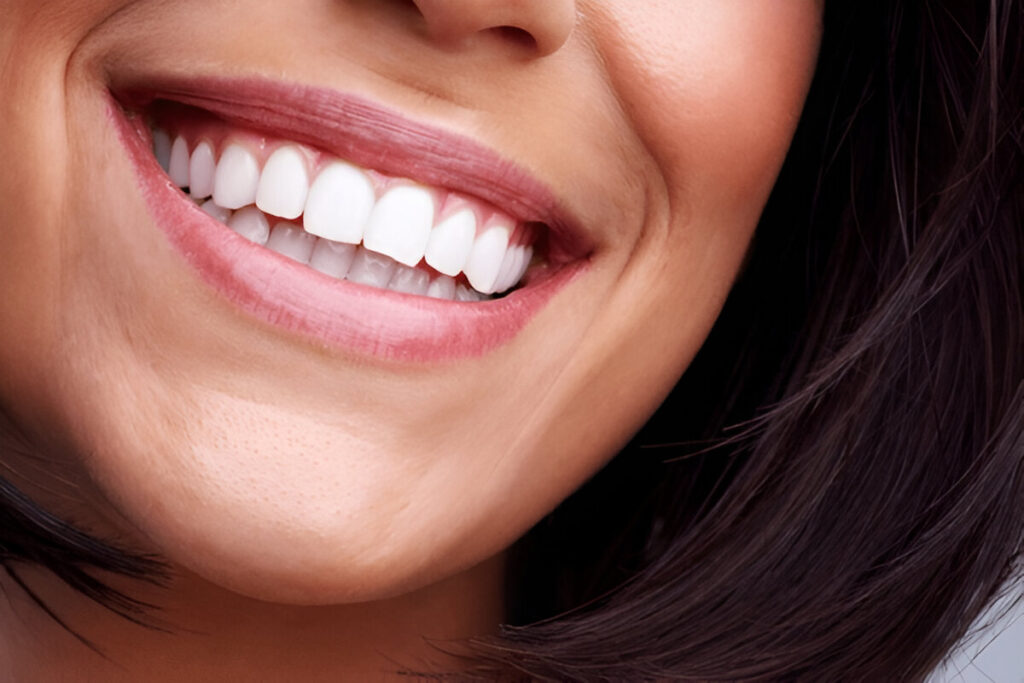
Teeth are affected by many factors such as daily dental hygiene routines, eating habits, and genetics. These factors can lead to cavities, discoloration, and various dental issues.
When it comes to the aesthetic appearance of teeth, a white and natural look is very important. Whitening treatments are applied to address discoloration and various stains on teeth.
Teeth whitening can be performed professionally using whitening gels. Additionally, there are at-home whitening methods available. It is important to conduct all these treatments carefully. Unconscious whitening applications can cause significant damage to teeth.
Professional teeth whitening can be done in clinics. Whitening gels are used during the procedure, and special materials are selected to protect the gums. Proper methods and treatments applied by a specialist can address stain and discoloration problems on teeth.
Teeth whitening procedures may lead to temporary sensitivity. If you’re wondering whether teeth whitening is harmful, we’ve explained it in detail!
Is Teeth Whitening Harmful?
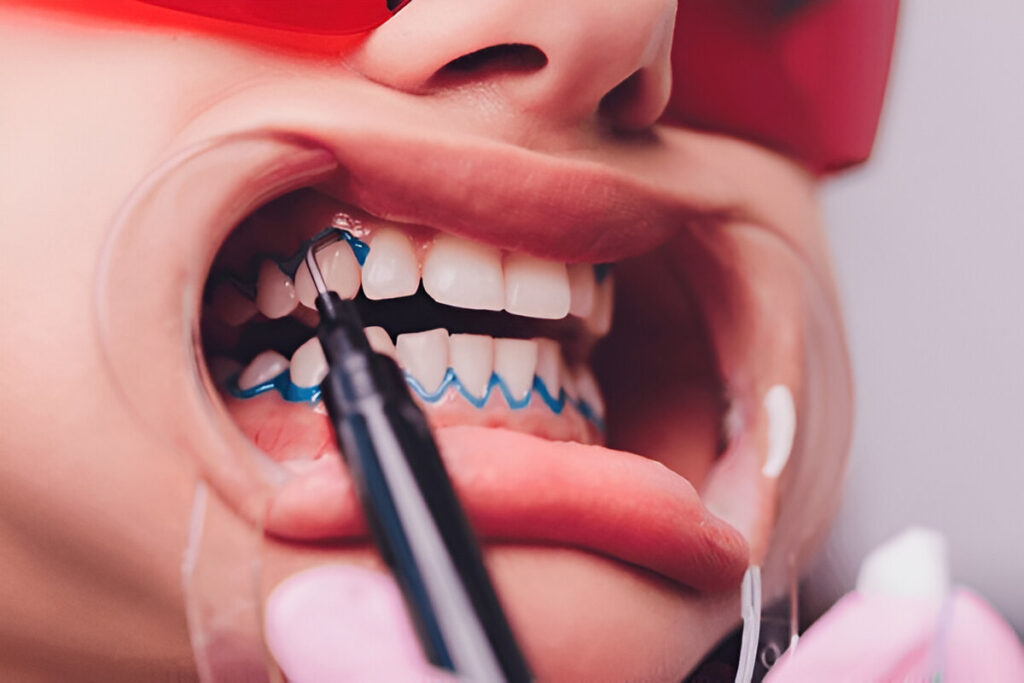
Teeth whitening lightens the color of teeth and aims to remove discoloration and stains. While this is a frequently preferred procedure, there are various opinions about its potential harm. Many people are curious about whether teeth whitening is harmful before undergoing the procedure.
As with all treatments, incorrect applications and the use of low-quality materials can harm teeth during whitening. However, when performed under the supervision of a dentist and using the right methods, it is a safe treatment.
Teeth whitening involves the use of various active substances. These substances are designed to remove discoloration and stains on the tooth enamel while minimizing potential damage during the cleaning process.
Whitening products sold for at-home use generally contain lower levels of active ingredients. When used correctly, they do not pose any issues for teeth.
Nevertheless, treatments performed at a professional dental clinic tailored to the individual’s oral and dental structure can be more beneficial. Assessing the suitability of the teeth for treatment beforehand can prevent incorrect applications.
After explaining whether teeth whitening is harmful, let’s dive into the details of whitening methods!
Teeth Whitening Methods: At-Home and In-Office Whitening
Teeth whitening methods are divided into two categories: at-home and in-office whitening. Whitening procedures performed in clinics tend to yield faster and safer results.
In-office procedures involve the use of whitening gels. Since these gels contain active compounds that can harm gums, careful protection of the gums is necessary before the procedure. The gel is activated using special lights or lasers after application.
Another method involves the use of whitening trays. A dentist prepares trays based on the individual’s dental measurements. These trays can be used at home with whitening gels for several weeks.
Finally, there are at-home teeth whitening methods. These are cost-effective but may take longer to show results. Additionally, their whitening effect is often less pronounced compared to professional treatments.
At-home whitening methods include whitening toothpastes or strips. Individuals must exercise caution and avoid using low-quality products with these methods.
While the question of whether teeth whitening is harmful is frequently asked in clinics, at-home applications, especially when done carelessly, are actually more likely to cause dental damage. Treatments performed in clinics under the supervision of a dentist minimize sensitivities in teeth and gums.
At-Home Teeth Whitening
At-home teeth whitening can involve whitening strips, toothpastes, or natural methods. Whitening toothpastes can lighten stains on teeth. These toothpastes may contain abrasive substances, so regular use is not recommended. They can be used a few times a week upon a dentist’s recommendation.
Whitening strips are widely available products that are applied to the teeth. They contain a low concentration of whitening agents. Results can be seen after a few weeks of use. Improper placement of strips can cause uneven tooth coloration.
Lastly, natural methods for whitening teeth at home are often discussed. However, these are based solely on anecdotal evidence and common knowledge. While people may wonder if in-clinic teeth whitening is harmful, at-home natural methods can actually cause more severe problems for teeth.
Post-Teeth Whitening Care
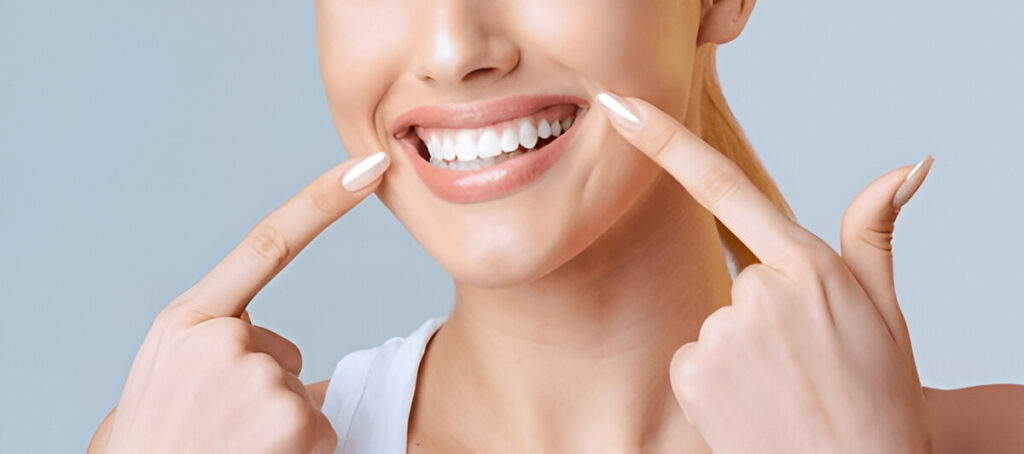
To ensure the longevity of teeth whitening results and avoid sensitivity, there are some post-treatment care recommendations. Following these can help you get the most out of the treatment.
Here are the post-treatment care tips:
- Avoid consuming beverages and foods that stain teeth, such as coffee and tea, especially during the first few days.
- Refrain from smoking and using tobacco products to prevent yellowing.
- Avoid acidic, extremely hot, or extremely cold drinks after the procedure.
- Be more cautious when using whitening products.
Contact Us!
Teeth whitening is among the most popular aesthetic dental treatments. As with other dental procedures, questions about whether teeth whitening is harmful frequently arise among patients. You can contact us for any questions about the whitening process and visit our clinic to benefit from our free initial consultation.
Don’t forget to check out all the treatments we offer to achieve the most aesthetic shape and color for your teeth!

 English
English Turkish
Turkish Deutsch
Deutsch العربية
العربية![[:en]Is Teeth Whitening Harmful? Points to Consider![:tr]Diş Beyazlatma Zararlı mı? Dikkat Edilmesi Gerekenler![:de]Ist Zähnebleichen schädlich? Dinge, auf die Sie achten sollten![:ar]هل تبييض الأسنان ضار؟ نقاط يجب مراعاتها![:] Diş Beyazlatma Zararlı mı?](https://proestetik.com.tr/wp-content/uploads/2024/12/dis-beyazlatma-zararli-mi.png)



